But as some things change, others remain the same. At times this can be reassuring, and at other times frustrating. Or it may simply take us by surprise! In coming to Songaia I anticipated--well, maybe not leaving my chemistry training behind entirely--but at least being buffered by layers of complex biological processes. (In my research I generally work with only a single molecule at a time.)
Yet in just my first three weeks I encountered two molecules which have had a profound impact on my gardening experience, and which I have felt drawn to learn more about. (Is this out of habit? Has my curiosity blossomed outside of the academic environment? Passions, gifts, quests for knowledge; my understanding of all these things is in flux for me as I take time in this new experience to find my path forward.)
As for the first of these chemical goings-on in the garden, you likely received an email from Helen to let the community know that the horse manure we've been using seems to be contaminated with an herbicide. Specifically, the herbicide is a synthetic growth hormone, which is one of the main classes of herbicides and has been used since World War II. Their popularity is due to the fact that the plant growth hormone auxin only exists in broadleaf plants, so these herbicides can be sprayed on grasses, corn, and grains with no ill effects. Unfortunately, many of these chemicals are very persistent, easily passing unchanged through horses and cows who eat treated hay or grain, and contaminating compost piles through treated grass clippings. Clopyralid in particular has been notorious for its persistence in compost, and we are very grateful to Helen for recognizing this as the likely cause of our damaged tomato plants!
How do we promote an agricultural revolution where there is no product or profit motive? Regenerative, organic, polyculture gardening is certainly not as efficient as dousing monocultures with synthetic chemicals. What, then, is the importance of efficiency in the garden? Why do we Piglets go out and weed nearly every day?
I've been thinking about the path of least resistance, or the principle of least effort. We strive to do things the easy way, to get by with adequate results and conserve energy. Herbicides certainly made weed management easier, but the agricultural systems we have as a result are not adequate. Permaculture, it seems, values resilience over efficiency. I look forward to digging deeper into how our food systems can be sustainable without being as efficient as conventional agriculture. Maybe productivity makes up some of the difference, and maybe we never should have optimized the efficiency of our lives to the point that garden time got cut entirely.
| However, even though being in the garden brings a deep sense of connectedness and fulfillment, it is not without dangers... My second chemical encounter has been with a phototoxin found in parsnips, celery, limes, grapefruit, and even fig leaves, among others. The sap or juice from these plants contains furanocoumarins, which when absorbed through the skin and exposed to enough sunlight can cause significant burns. Apparently this happens because the UV radiation allows these molecules to actually cross-link with our DNA, resulting in cell death. So for several days I had a sizable balloon of a blister on my wrist (photo not included). I'm not even sure exactly where it came from; I was only weeding among the parsnips. I guess I may be wearing longer gloves in the future! |
Biochemistry is not really my forte though, and it's intriguing but also frustrating how little we know about the biological effects of the chemicals that we rely on. How different will the world be if and when we've mapped out the role of every small molecule and protein in our bodies? What about every microbe in our soils? (Is that even possible?) Will we be more cautious about introducing new synthetic molecules to our systems?
All I know is that nature has a lot more experience at creating resilient systems than we do. But humans have a great capacity for resilience as well, especially together. And when we tap into this we know that whether things change or stay the same, we can often find new ways to thrive.

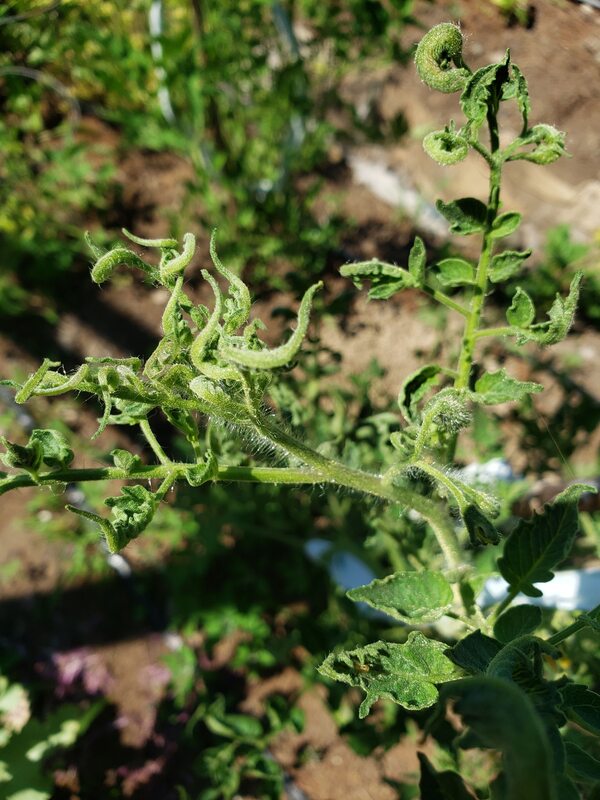
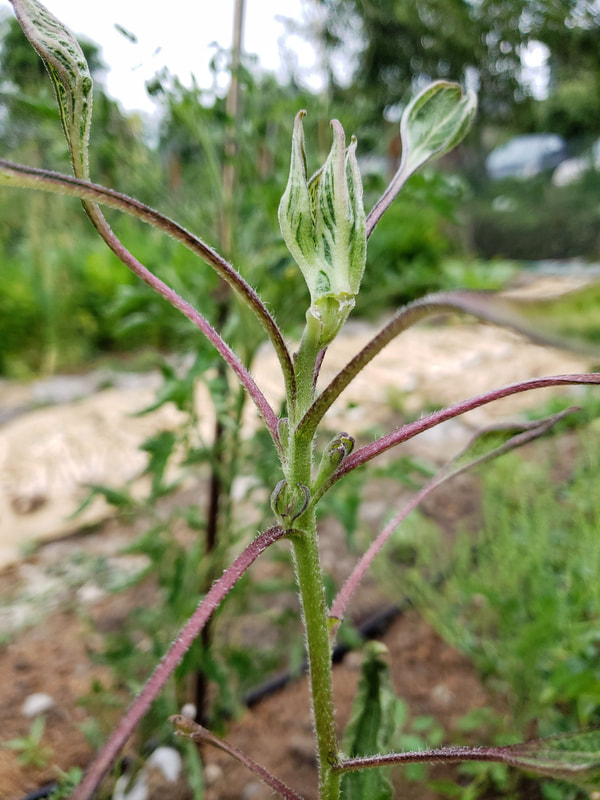
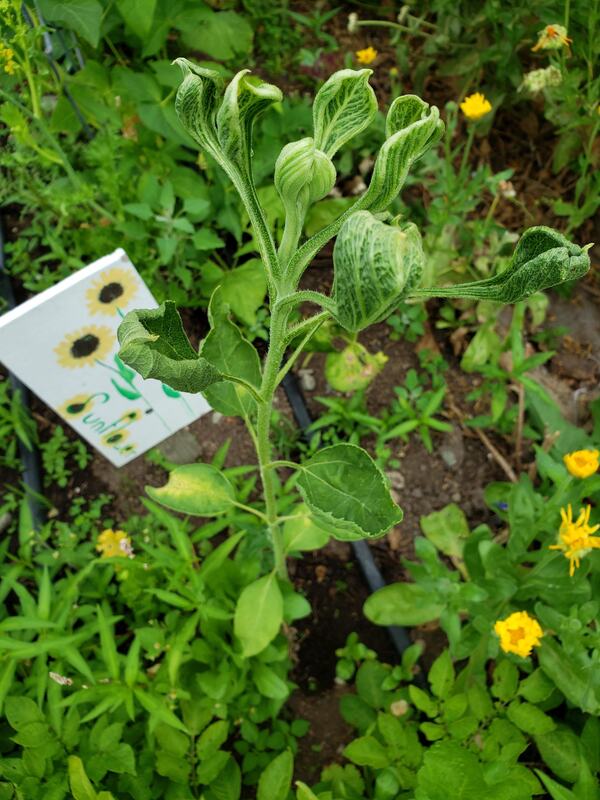

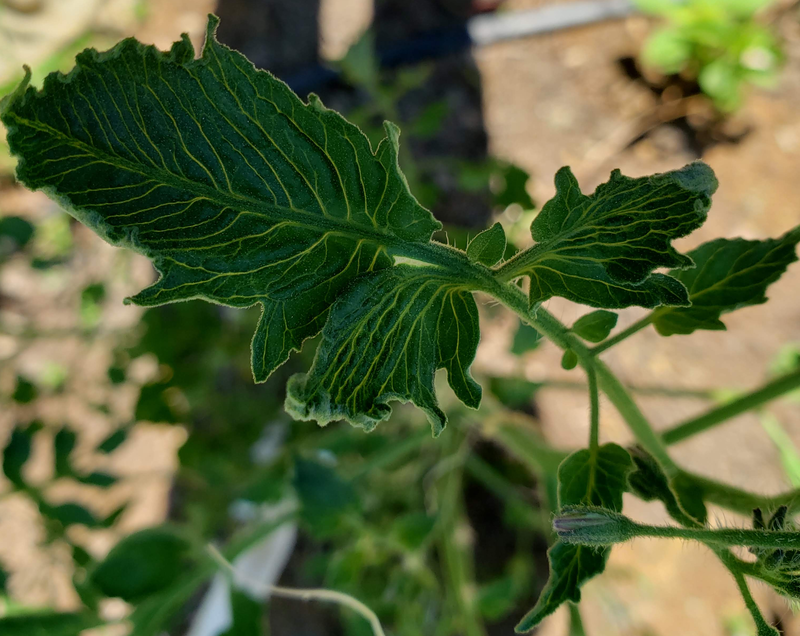
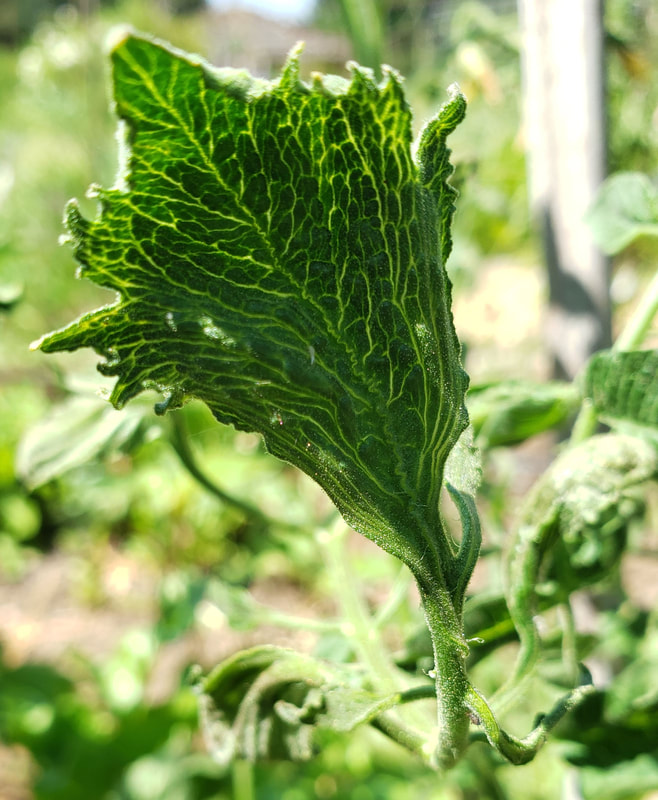
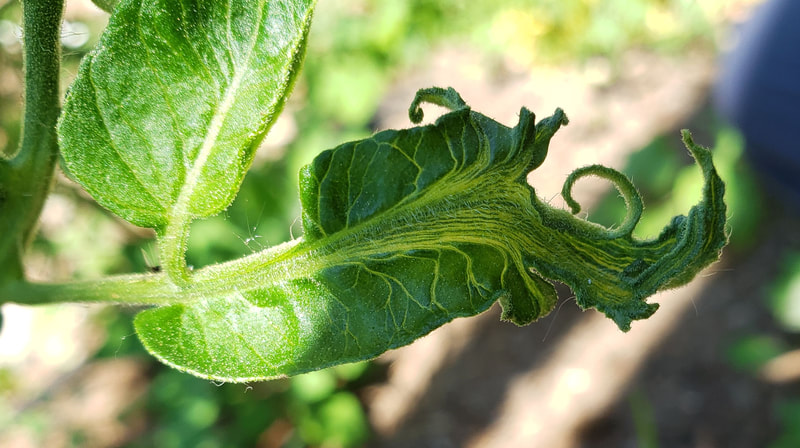
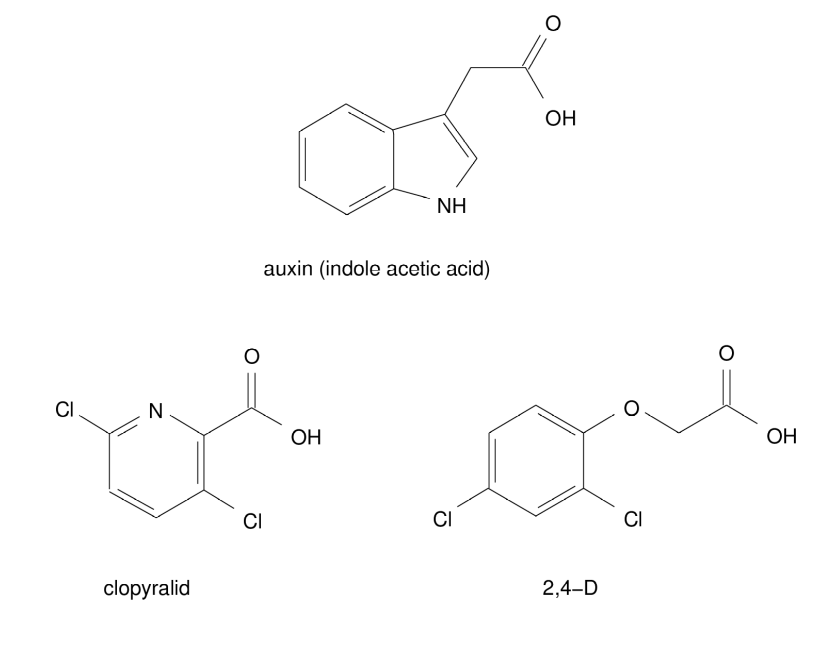

 RSS Feed
RSS Feed